
- Panoramapunkt Berlin
- Friedrichstadt Palast
- Big Bus Berlin Hop-on Hop-off Tours
- City Sightseeing Berlin Hop-on Hop-off Tours
- Illuseum Berlin
- Berlin Wall Museum
- Berlin Welt Balloon
- Sachsenhausen Concentration Camp
- Studio of Wonders
- Madame Tussauds
- Samurai Museum Berlin
- LEGOLAND Discovery Centre Berlin
- Fotografiska Tickets
- Berlin TV Tower
Explore what's inside Reichstag | Main highlights & attractions
What's inside Reichstag?
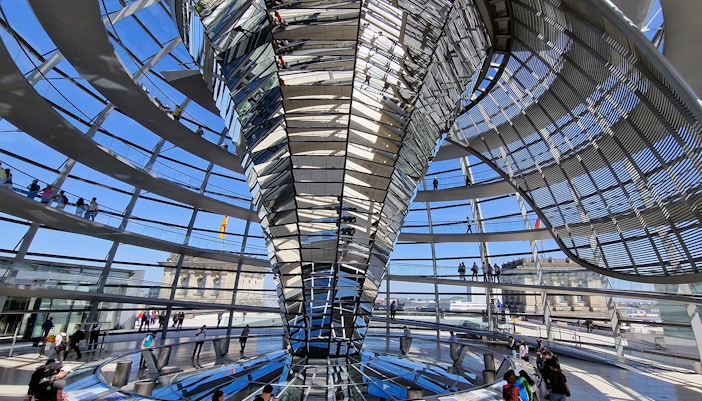
Dome of the Reichstag
The Reichstag dome is a marvel of modern architecture designed by Sir Norman Foster. It is made of glass with a metal framework and offers stunning 360-degree views of Berlin. It symbolizes the transparency of the German government, with visitors able to look down into the parliamentary chambers below.
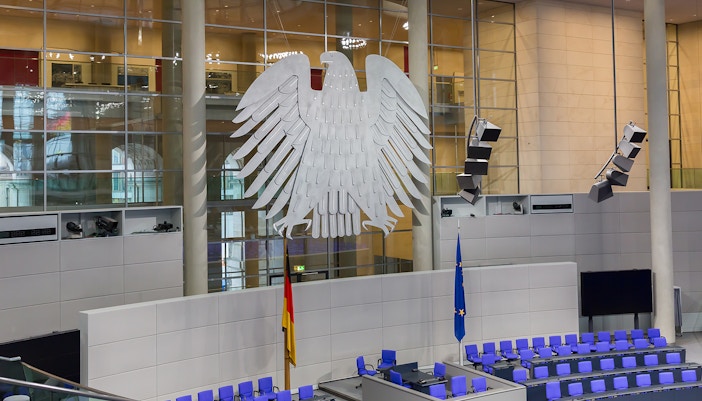
The Plenary Chamber
The Plenary Chamber is where the Bundestag meets to debate and make decisions. It's a space of significant political activity and decision-making, and you can observe its proceedings from the public gallery, gaining insights into the workings of the German parliamentary system.
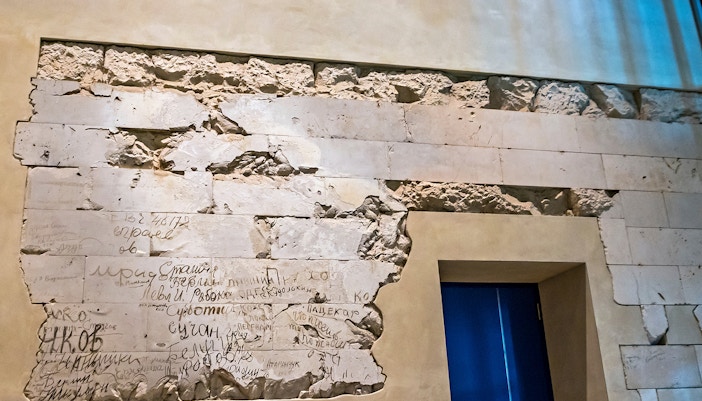
Cyrillic Graffiti
See the preserved graffiti made by Soviet soldiers during their 1945 siege of the Reichstag, a poignant remnant of World War II. These inscriptions provide a raw, tangible connection to the building's turbulent history and serve as a powerful reminder of Berlin's wartime experiences.
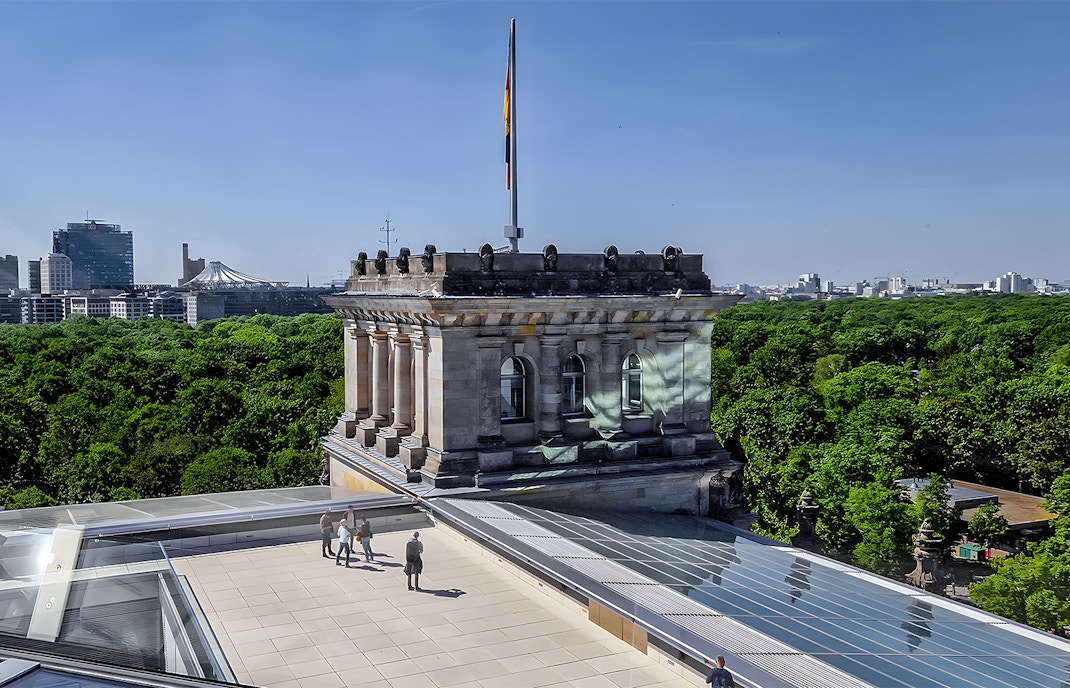
The roof terrace
Next to the dome, the rooftop terrace offers a spacious open area where you can take in stunning views of Berlin's skyline. It's an ideal place to click photos and unwind after exploring the building, giving you a unique perspective on the city.
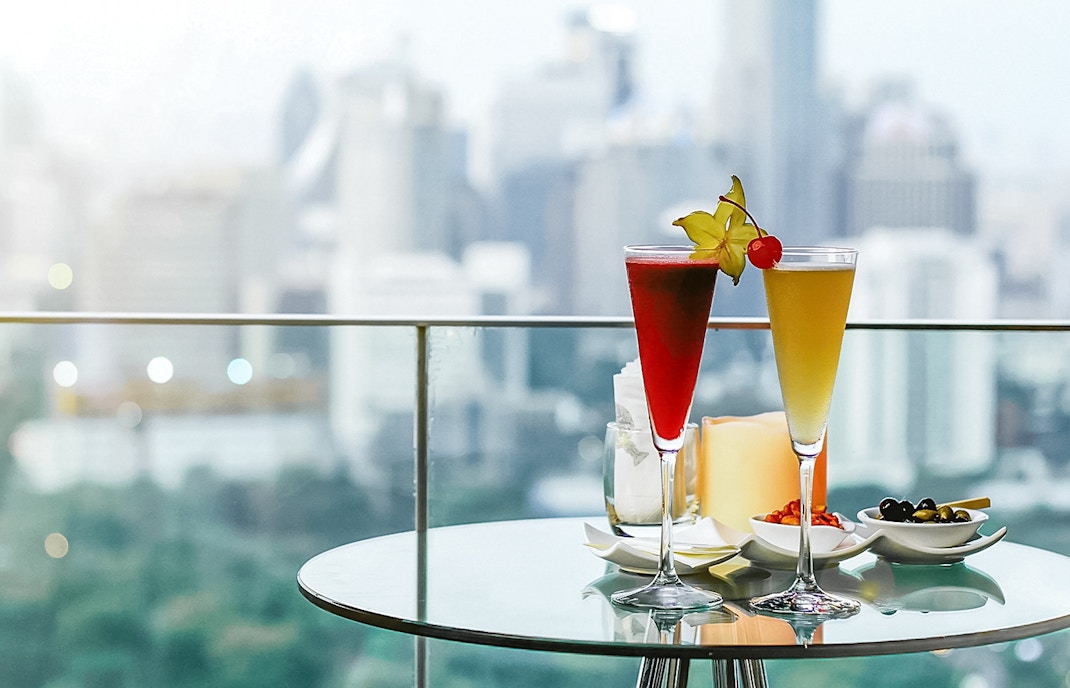
The rooftop restaurant
For a unique dining experience, visit the rooftop restaurant east of the dome. Open daily from 9am to 5pm and from 7pm to midnight, the restaurant offers stunning views of Berlin's skyline. Remember to reserve a table in advance to ensure your spot in this popular dining destination.
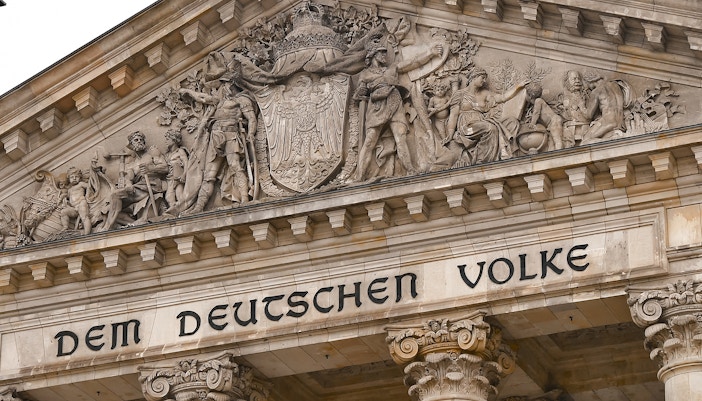
Dem Deutschen Volke Inscription
The prominent 'Dem Deutschen Volke' (To the German People) inscription is an iconic feature of the Reichstag's facade. Installed in 1916, it symbolizes the democratic principles of the German parliament. This grand inscription welcomes visitors and stands as a reminder of the building's significance in Germany's political landscape.
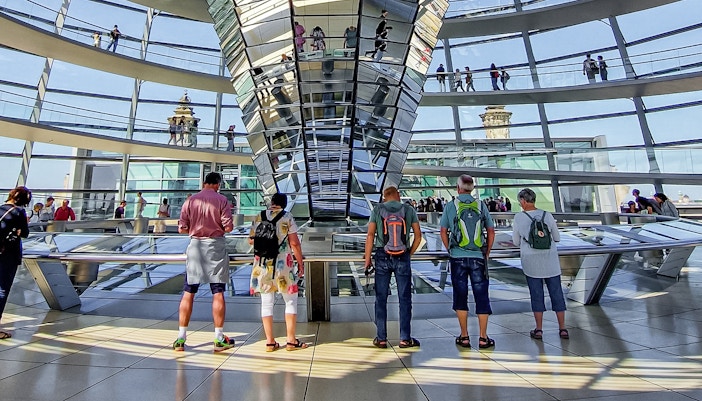
Exhibition on Parliamentary History
Explore the historical exhibition, From the Reichstag to the Bundestag, inside the Reichstag dome. The exhibition narrates the parliament building's story from its inception to the present day through selected images, documents, and short texts displayed across twelve cases. Key events in German parliamentary history are highlighted alongside other significant parliamentary locations in Germany.
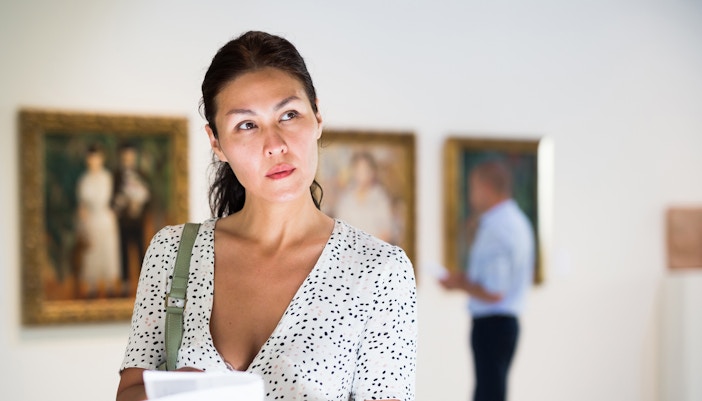
Artworks
The Reichstag is home to a range of artworks created by renowned German and international artists, including those from the USA, France, Russia, and Great Britain. The architect Norman Foster represents the UK. These pieces were specially created by artists willing to engage with the building's rich history and significance.
How to get inside the Reichstag?
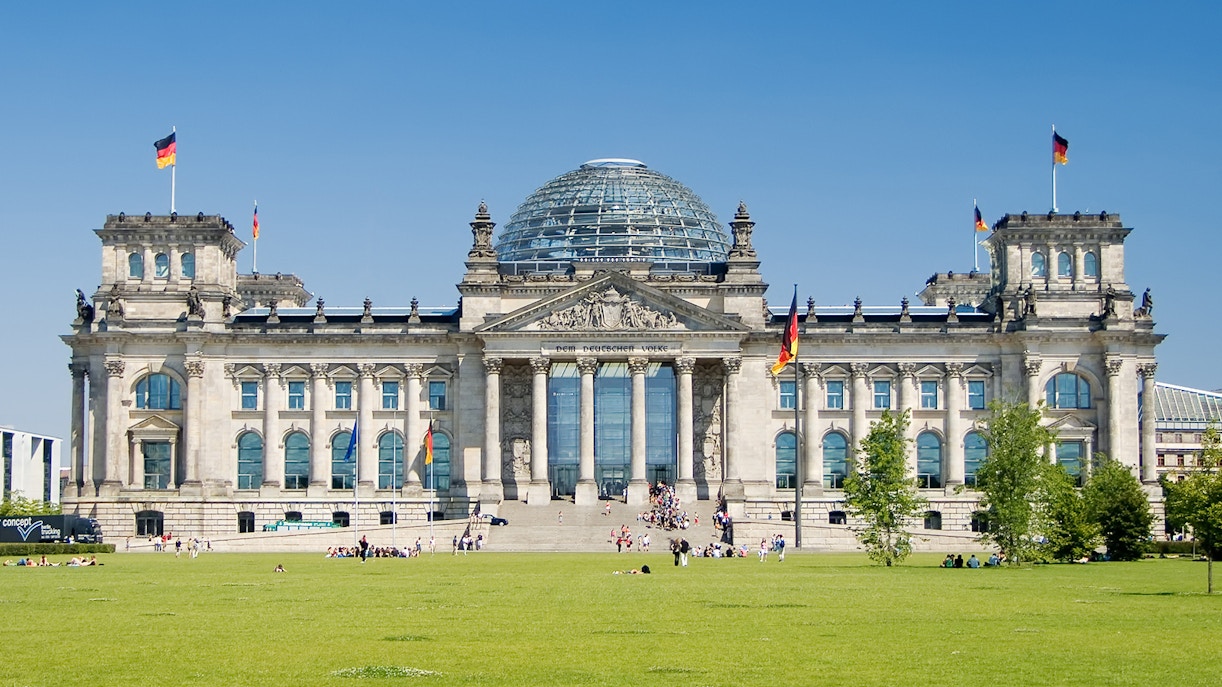
With over 3 million visitors annually, the the Reichstag is one of the most visited landmarks in Berlin. From its dome to historic exhibitions, parliamentary gatherings, and more, there’s plenty to see inside the Reichstag.
Getting inside the Reichstag requires a bit of planning, but it's well worth the effort. Book your visit online to secure your entry. If you haven't booked in advance, you can register on the day of your visit at the Visitors Service Center located on Scheidemannstraße, near the Reichstag, but be prepared for possible wait times. Upon arrival, you'll go through a security check similar to airport procedures. Please carry a valid ID or passport, as it is essential for entry.
Plan your visit to Reichstag
Book your Reichstag tickets
Frequently asked questions about what's inside Reichstag
Absolutely! The Reichstag is more than just a historic building; it's a symbol of Germany's tumultuous history and democratic resilience. Inside, you'll find a blend of historical exhibits and modern architectural marvels, including the stunning glass dome designed by architect Norman Foster. This dome offers panoramic views of Berlin, making it a must-see. Additionally, the building houses informative displays about the German parliamentary system, providing a deep dive into the country's political landscape.
Yes, photography is allowed inside the Reichstag building. You can capture its architectural beauty, especially the iconic glass dome and the impressive views of Berlin from the roof terrace. However, please be mindful of other visitors and maintain decorum, particularly in areas where silence is required.
While general admission to the Reichstag, including access to the dome and rooftop terrace, is free, advance registration is required. Additionally, special tours, such as guided tours of the plenary chamber and historical exhibitions, might need prior booking and could have limited availability. If you wish to visit the rooftop restaurant, you'll need to make prior reservations for that as well.
Yes, you can bring both strollers and wheelchairs into the Reichstag. The building is equipped with elevators, ramps, disable entrances, and wide pathways, making it easy for everyone to get around.
Yes, visitors can use Wi-Fi inside the Reichstag. It's handy for looking up more info on the exhibits or just staying connected during your visit.
The Reichstag's interior is a fascinating blend of old and new. The entrance leads to various exhibitions that chronicle Germany's parliamentary history. The main attraction is the plenary chamber, where the Bundestag convenes. Above this is the famous glass dome, which visitors can access via a spiral ramp that provides breathtaking views of Berlin's skyline. Additionally, there's a rooftop terrace with a restaurant and several art installations and historical displays scattered throughout the building.
The Reichstag's most striking feature is definitely its glass dome. This modern structure is more than just an architectural wonder; it stands for transparency and democracy. Additionally, the preserved graffiti from Soviet soldiers in 1945 offers a powerful glimpse into the building's dramatic history. The plenary chamber, where parliamentary sessions take place, is another highlight, embodying the core of German democratic processes.
The indoor lighting in the Reichstag is excellent for photography. The glass dome allows ample natural light to flood the interior, creating ideal conditions for capturing stunning photos. Additionally, the building's lighting design highlights its architectural features and exhibits beautifully, ensuring that visitors can take great pictures both during the day and the night.
Yes, the Reichstag building is fully accessible for those with mobility challenges. Ramps, elevators, and the disabled entrance (West C) ensure easy access. The interior layout is designed to be navigable for wheelchair users, and wheelchairs are also available on loan.
One lesser-known spot worth visiting is the rooftop terrace surrounding the glass dome. It provides unique perspectives of Berlin and is less crowded than the dome itself. Additionally, the exhibition on parliamentary history located in the dome offers in-depth insights into Germany's political evolution and is often overlooked by tourists.